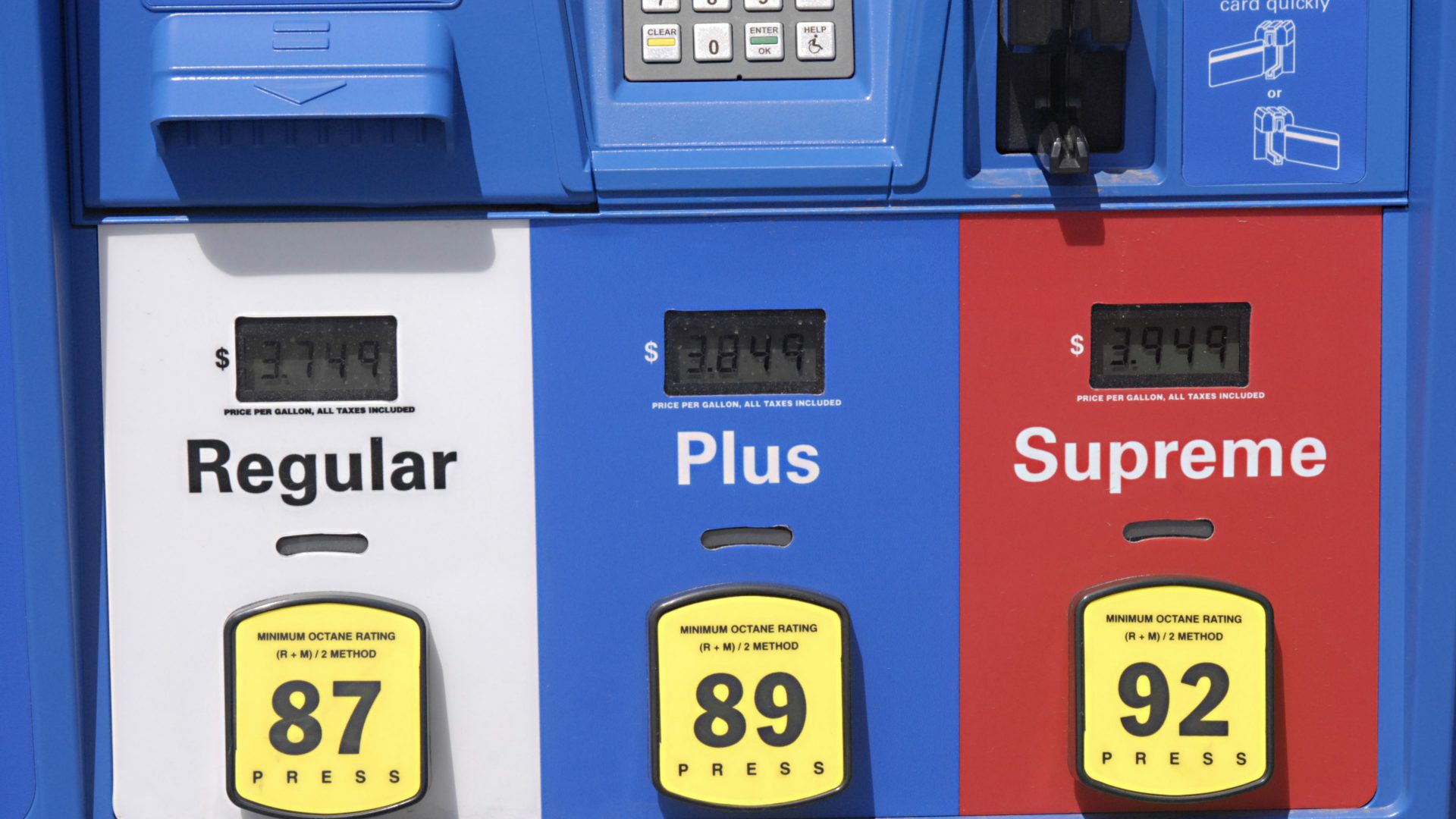

Despite gas prices being on the rise as predicted, American auto manufacturers seem to have the government’s ear in their efforts to establish premium grade gasoline as the new standard, reports Automotive News.
Even while rolling back Obama era standards for fuel economy and pollution, the Environmental Protection Agency is still looking into ways to help automakers improve gas mileage. One way is to use higher octane fuel. This enables the engine to have a higher compression ratio, which, in turn, improves power and fuel economy. Using a higher grade fuel is less expensive than engineering and material improvements in the engine itself.
Consumers may not be willing to pay an extra 15 percent for premium gas that only delivers a 3 to 4 percent increase in fuel economy. Premium gas has, to date, been primarily used in performance-oriented engines as a result.
However, if premium becomes the new standard, the economy of scale may make the higher octane fuel more affordable. Today just 11 percent of gasoline produced is premium grade. If produced in larger quantities such as today’s regular grade, premium fuel would only cost a few cents more per gallon rather than 40 to 50 cents more.
Both the Senate and the House are looking into making a 95 Research Octane Number fuel, which is roughly equivalent to today’s 91 octane, the nation’s baseline fuel. In Europe 95 RON is already the baseline fuel so this would align American standards with theirs.
But if premium is to become the new regular, don’t expect premium prices to drop overnight. The change would be gradual over many years. It will take that long for economy engines, rather than performance, designed for premium fuel to hit the road and create the demand for higher octane gas.